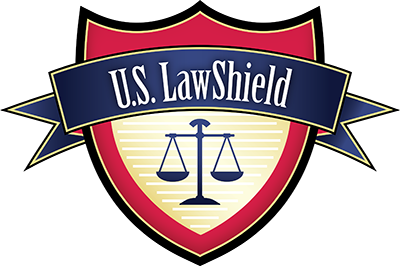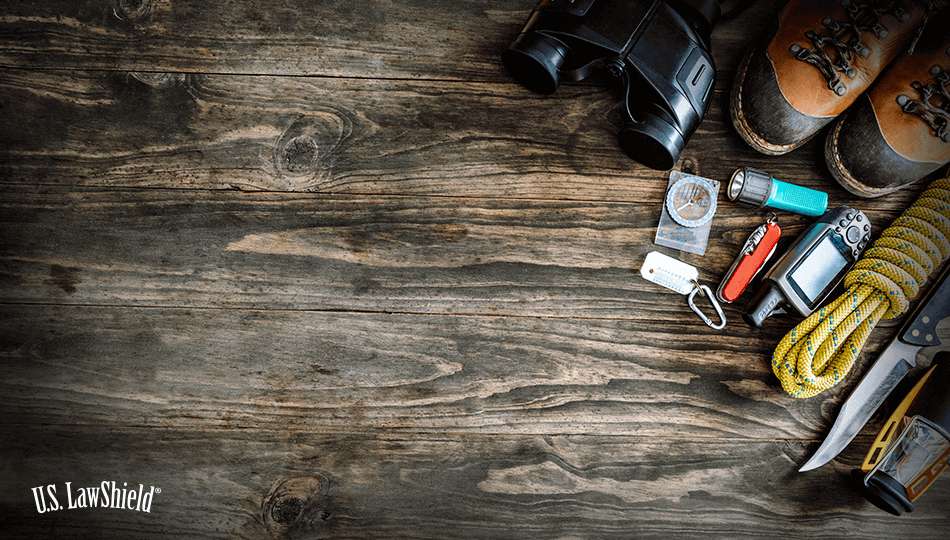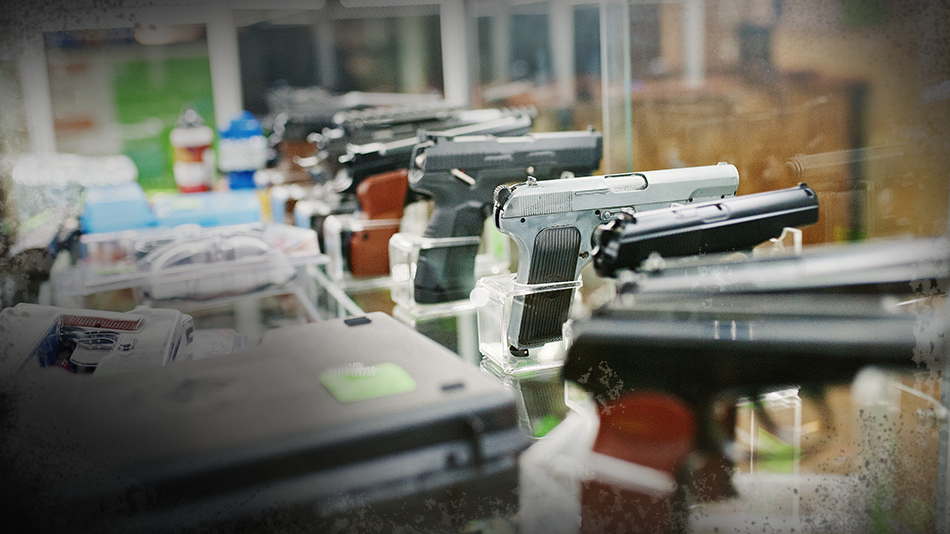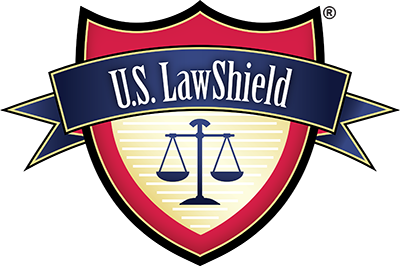Home Defense Plan: What Will the Law Allow?
Home defense is an important topic for gun owners, not only because it tends to be the primary reason many people own firearms but also due to its many nuances. When trying to make a home defense plan for your place of residence, you might be wondering what gun to use, how to store or stage it, and what laws might pertain to you when protecting yourself from a violent home invasion. Before planning practical home defense strategies, it’s a good idea to have a general understanding of what it means to defend your place of residence.











